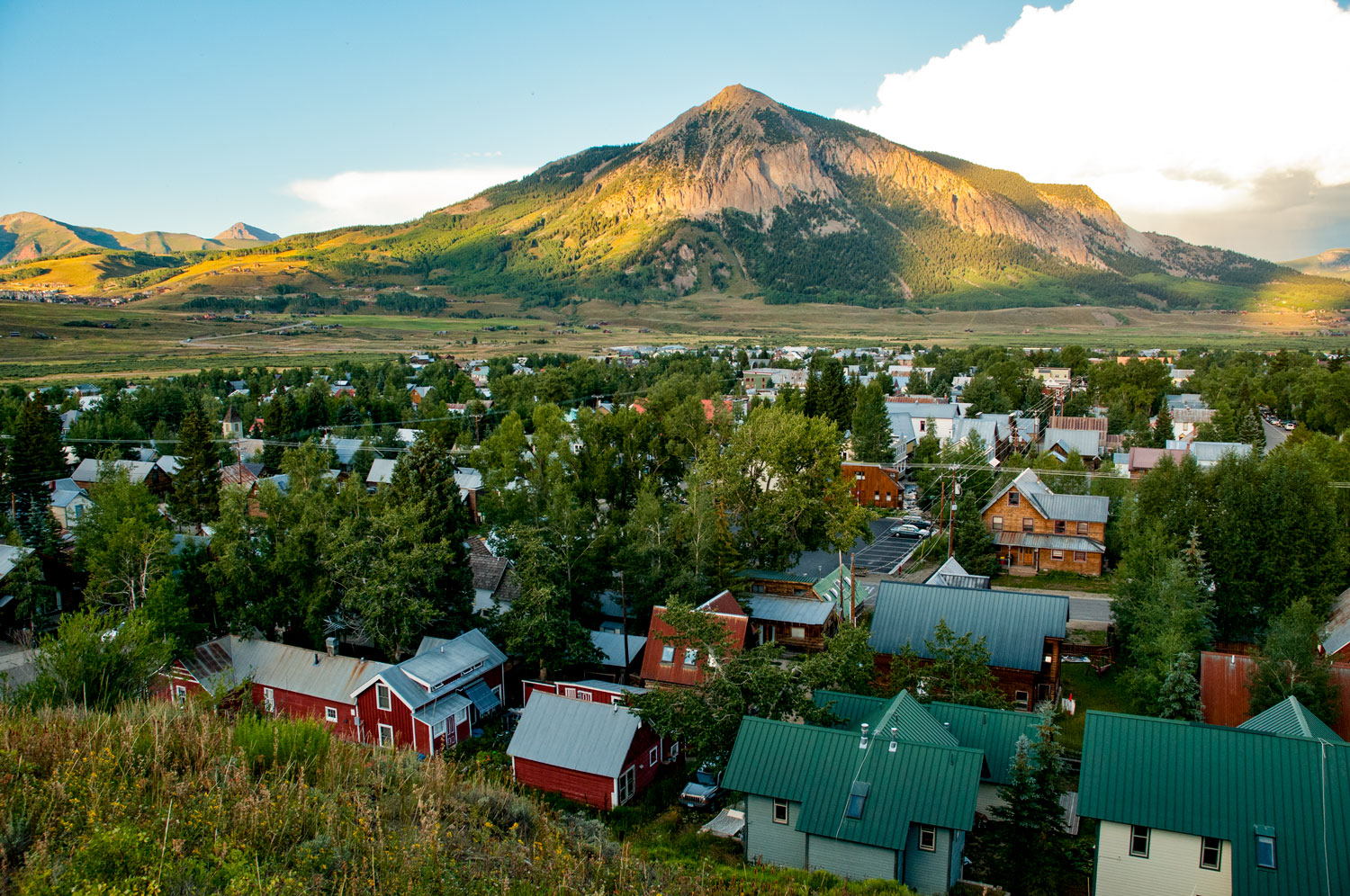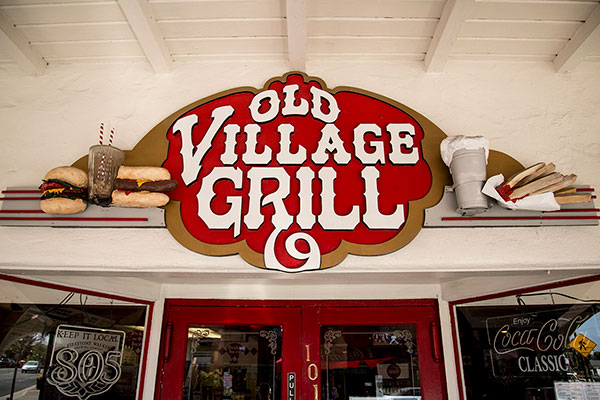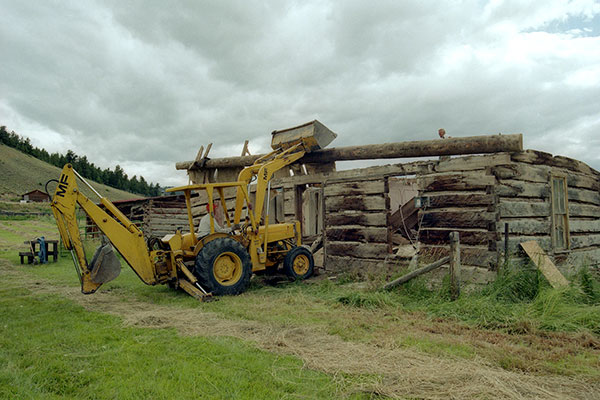Mining Towns of the Old West
Photos by Forrest Anderson
I’m the product of a mining boom, and if you have ancestral roots in the western United States, it’s likely you are as well.
One of the greatest migrations in U.S. history began in 1848 with the discovery of gold in California. It was the start of a mining boom that swept over the West and drew hundreds of thousands of miners and others from all over the world first to California, then Nevada, Colorado, Arizona, Utah, Montana, and Idaho.
Millions of Americans are descendants of these immigrants, who included not just miners but loggers, carpenters, bankers, storekeepers, freighters, ranchers, railroad workers, preachers, teachers, dressmakers and others who provided support services for the miners.
Mineral treasures were among the initial incentives that led people to the Americas, but the U.S. West was only mined on a small scale and mining on the East Coast had mixed results until the California gold rush. It was followed by the discovery of the Comstock Lode in Nevada in 1859, which laid the foundation of silver mining in the West. Mining also yielded copper that created huge wealth with the advent of copper wiring for electricity and telegraph communication.
Hundreds of thousands of intrepid adventurers from Northern and Eastern Europe, the Mediterranean, China and Latin America poured into the West in pursuit of gold, silver, coal and other minerals concealed in the rugged mountain ranges. Their sons and daughters intermarried, and I and many other Americans owe our diverse DNA to the boom.
I spent my early childhood in one of these mining towns in the high Rockies, Crested Butte, Colorado, where my grandfather, two great grandfathers and several uncles once worked in mines. I later spent my teenage years in the old gold mining town of Grass Valley, California. I now live within an hour of the old mining town of Park City, Utah. The towns’ presence permeates Western culture and history.
The mines were mostly closed by the time I came along, and these towns now mine resources on the surface – their stunning scenery, snow and colorful history – for tourism dollars. Aspen, Telluride and Crested Butte in Colorado and Park City have become world class destination spots for skiers in the winter and hikers, climbers and bikers in the summer. Most of these towns are near national forests that have a range of outdoor activities. The towns also attract history buffs who relish the colorful local history and quaint historical buildings.

The Western mining boom kicked off near Grass Valley when gold was discovered at a mill. Early gold hunters were prospectors who panned for surface gold in mountain streams and tried to follow it to rich underground veins. They would then stake claims which they sold to investors who hired miners to extract the gold from inside the mountains.
After the discovery of gold in California and of the richest silver vein ever found – the Comstock Lode – on the eastern side of the Sierra Nevadas in 1859, prospectors poured into every nook and cranny of the Western mountains. Most discoveries weren’t profitable long-term, but there were enormous profits to be made on the Comstock Lode. It cost about ten dollars a ton to mine the ore, and each ton yielded fifty dollars’ worth of silver. Companies that transported the silver also made huge profits. Moreover, 40 percent of the product of the Comstock Lode was gold. After 1865, significant silver deposits also were found in Colorado, Idaho, Montana, Utah and Idaho.
By 1879, the United States produced between $20 and $25 million in silver annually, about half of the world’s production. However, the increased supply depressed the price of silver, and it never regained the price levels of the 1860s.
Crested Butte had long been Ute territory, and the Utes initially ran off prospectors who ventured into the area. However, the town was a supply camp for local silver mines by the 1870s, and the government forced the Utes off their land by the early 1880s. Thousands of miners flocked to the area seeking gold and silver. They discovered that coal from exposed beds produced excellent coke – a high carbon, hot-burning fuel used to produce silver, iron, steel and other metals. The Denver & Rio Grande Railroad was extended to Crested Butte to carry out the coal. Crested Butte built hotels, a dozen saloons, a church, two schools, a city hall and a blacksmith shop. Coal from the town was shipped all over the state and to Utah and Nevada for use in homes, mines, railroads and blast furnaces.

Mining in the area was dangerous because of high amounts of gas in the mines. In 1884, an explosion at the Jokerville Mine in Crested Butte killed 60 workers and injured dozens after a miner went into the mine with an open flame. The mine reopened, but the gas forced its permanent closure in 1895. Hazardous mining conditions played a major role in labor disputes in Crested Butte and other coal-mining regions in Colorado from the late nineteenth through the early twentieth century.
In 1894, the Big Mine opened at Crested Butte. It was the main employer of the town and three generations of my family until increasing use of oil and gas forced its closure in 1952.
Of my four great grandfathers, one was a miner recruited to go to Crested Butte after some of his relatives were killed in a mine disaster in England, another was a university-educated engineer who became a mine millwright, a third was a miner from the Rhone-Alps of southern France, and the fourth was a Scandinavian immigrant who freighted supplies for the Colorado mining camps.
Mining towns quickly grew from tent camps into towns as carpenters, storekeepers, saloon keepers and bankers followed the mineral strikes. Thousands of these towns dotted the Western mountains. Many lasted only a few months or years until the deposits ran out and the miners packed up and moved on to the next strike.
However, some towns, such as Crested Butte and Grass Valley, were positioned at the hub of several mining camps in addition to having rich deposits of more than one mineral. They became supply and transportation centers that endured. The towns evolved into company towns with one or two large mines as the main employers. Initially, most of the mines’ recruits were from mining districts of England, with the exception of Chinese miners who went to California. In the 1890s, Italian, Greek and Eastern European miners arrived.
The towns had an economic and social pecking order in which miners of British heritage were the mine management and those from Italy, Eastern Europe and other locations did the mining. These miners often didn’t speak fluent English. They were treated with contempt by many Americans and gathered in their own social groups, preserving religious and food traditions for generations. Years later as a foreign correspondent working with Eastern European journalists, I learned that some foods I ate as a young child in Crested Butte were Eastern European in origin.
The British in Crested Butte were Protestant while the Eastern Europeans and Italians were Catholic, so the town built two churches – a Catholic one and a community one for Protestants. It also had fraternal lodges of miners from different countries.
As younger generations intermarried, the result was ethnically diverse families. However, the economic and social ladder was clear cut. My British mining foreman ancestors were near the top of the heap, but my southern French ancestor’s family struggled to fit in and speak English. He ranched in the summer and mined in the winter, eventually becoming a prosperous and respected rancher.
In Grass Valley, I had schoolmates who were descendants of Chinese miners who had immigrated to the United States in the 1860s. Their families still celebrated Chinese New Year and they buried deceased family members in a Chinese cemetery.
The rough-and-tumble mining camps initially helped put the “wild” in Wild West. A common observation about Grass Valley’s meandering streets was that they were laid out by drunk miners. Mining was a tale of fluctuating fortunes – intermittent prosperity, stagnation, inflation, calamitous economic collapse. Some miners borrowed money from friends and relatives to go to the mining camps. The credulous and greedy bought stocks in worthless mining companies. My sister and I own such stock certificates, which were given to an ancestor after her husband died. The certificates are worthless except as a curiosity.
Many miners died far from home of poverty and sickness in the mining camps. Some, who had unsavory hidden pasts, went by assumed names or by nicknames. One such character, who was called Oregon Bill, died and was buried on my family’s Colorado ranch. No one ever learned his full name or where he came from.
In the initial rush to find treasures, stupid mistakes were made. Smelting furnaces were built without considering where the fuel for them would come from. Costly machinery was purchased and transported to areas where it was uncertain that ore would be found.
In mines in which there was both lead and silver, the lead sometimes was wasted in extracting silver from it. In coal mines, only the richest areas were worked, leaving other valuable coal deposits lost when the mines were allowed to cave in. Some estimates are that a third to a half of products were lost. Once rich surface deposits were mined, water and garbage in shafts made it impossible to mine the valuable coal in them. As the large mines took over, such waste began to be curbed.
Law and order was enforced by those who had the clout to do it, and violence was common. Posses of volunteers would be raised to capture rustlers and other criminals. However, courts, jails, prisons and sheriffs soon developed. Most towns quickly acquired a newspaper and a bank. I have bank checks that an ancestor once used from a bank in Irwin, Colorado, a short-lived mining town that is now a ghost town.
The camps were largely male, with few women and children. Most miners expected to get rich and then return home. However, as towns stabilized with large companies employing miners, immigrant miners brought their families with them and miners who had not struck it rich took jobs at the mines, settled down and sent for wives and sweethearts to join them in the West. Women who arrived in the towns started to clean them up, raising money for churches and schools and organizing civic organizations. Town halls and town councils sprang up. The towns settled into blue-collar stability.
The turn of the 20th century signaled the end of major gold and silver discoveries. Although some rich mines were found later, changes in mining technology and transportation meant that fewer miners were needed, and the era of Western mining boom towns came to a close.
Miners kept working in the mines because the pay, about $3 a day at the turn of the 20th century – was higher than that of day laborers. However, the risks were higher, too. By the turn of the 20th century, it became clear that tuberculosis was killing underground miners in rates 10 times the national average in Butte, Montana. TB eventually was connected with silicosis, a dust-related disease that is now known to compromise a person’s immune system and make them more likely to contract TB. Today, miners who are exposed to silica now are evaluated and examined regularly, so that TB has become almost nonexistent among hard rock miners.
In addition to tuberculosis, miners suffered from black lung caused by long-term inhalation of coal dust. They often grew mustaches to catch particles before they entered their lungs. Many miners also suffered from an intestinal hookworm that leached blood from them. It thrived in damp tunnels and mining shafts and was known as tunnel worm. Miners developed eye problems from working long hours in poor lighting. Repetitive stress injuries to their backs, elbows, hands and knees from working in cramped, awkward conditions were so common they had names like Miner’s Back and Miner’s Elbow.
Miners faced a plethora of risks in underground mines – fires, carbon monoxide poisoning, poor lighting, altitude sickness, cave-ins, dynamite explosions, a lack of sanitation or clean water. My engineer ancestor lost an arm in a fall down a mine shaft. I have a photo of him wearing a prosthetic hook. Heavy equipment injured many more.
Workers relieved themselves right in the mines where they worked. They hardly ever had protective equipment. Their nervous systems could be poisoned from arsenic and mercury contamination in the gold they were seeking. Removing gold from quartz required mercury, which polluted streams and rivers. None of my three great grandfathers who mined lived past 70. They and other relatives are buried in various cemeteries throughout the mining district such as the one below in Crested Butte.
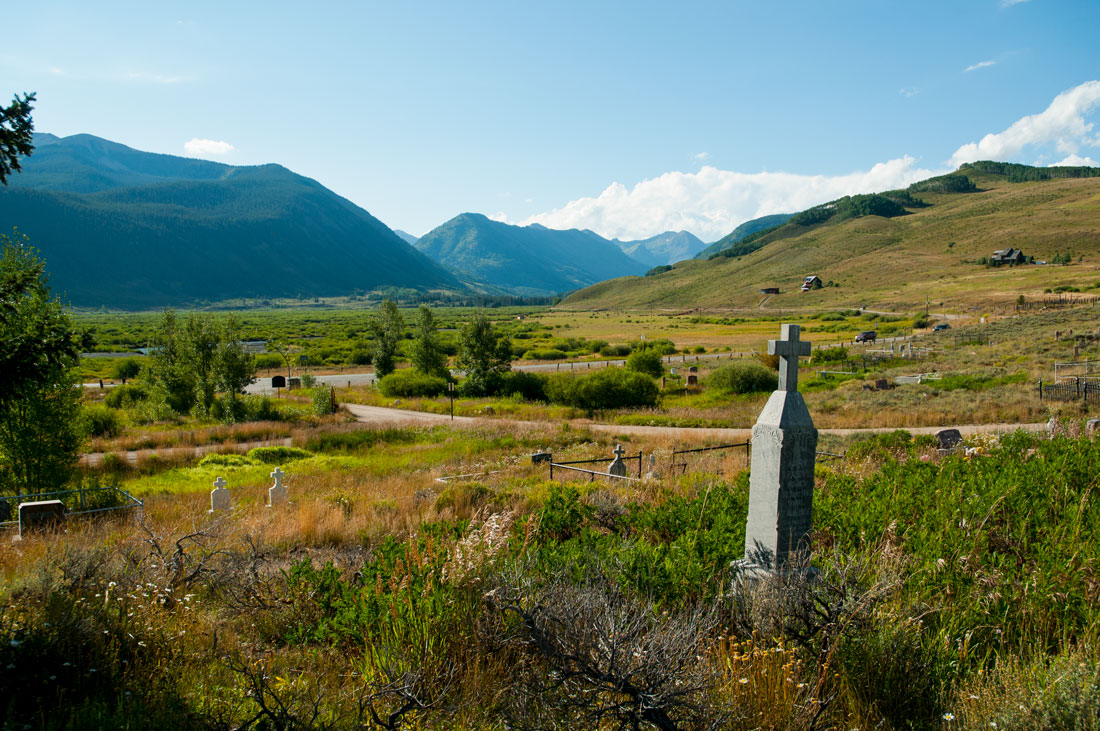
No statistics were maintained about mine accidents, illnesses and deaths, so what we know is from newspaper accounts of mine disasters. Today, we know much more about the risks of mining, such as radon exposure in uranium mines and lung cancer and nerve damage from vibrating tools.
The miners worked in shafts where the temperature could be over 100 degrees F. Ventilation was poor. Miners organized into unions and led strikes for better conditions, but state militias usually quelled these movements.
Italian, Greek and Mediterranean and eastern European immigrants as well as Chinese miners and African American ones experienced racial hostility. The ethnic divisions in the mine labor force undermined labor unions, as the mines offered lower wages to these groups and their differences interfered with union efforts to unite them. Eventually, a multi-lingual union organizer, John Mitchell, traveled to mining communities and helped organize the United Mine Workers Association by uniting workers against mine owners. Despite union efforts, between 1911 and 1997 alone, more than 100,000 miners in the United States died from injuries from on-the-job accidents.
What began as a highly volatile way to make money stabilized as many miners had steady work during the world wars and Great Depression because of the constant demand for coal. Wealth remained elusive, but families could survive with a combination of mining, growing gardens and frugality. Housing costs often were paid by mining companies, and they supplied goods at company stores which often had inflated prices.
Crested Butte reflects the common transition of old mining towns into outdoor recreation hubs with historical appeal. In the 1960s, the town turned to skiing as its main source of income, and hotels, restaurants and boutiques arrived to cater to skiers. Summer activities such as hiking and biking in the fabulous mountain scenery developed to make tourism a year-round industry. To appeal to historical and cultural tourists, the town council designated the entire town a historic district, with all new construction, preservation, restoration and additions to historic buildings reviewed to make sure that they preserve the character of the old town.
Today, old Crested Butte is a charming village, the frame buildings painted in bright colors that would have surprised the original miners, and the once dusty/muddy streets paved. The air is cleared of the coal dust that once blanketed everything and polluted the air, earning Crested Butte the name Pittsburgh of the West. The town is unrelentingly environmentalist and preservationist, having succeeded in 2016 in shutting down plans to mine molybdenum in the area when the mining claims were turned over to the U.S. Forest Service.
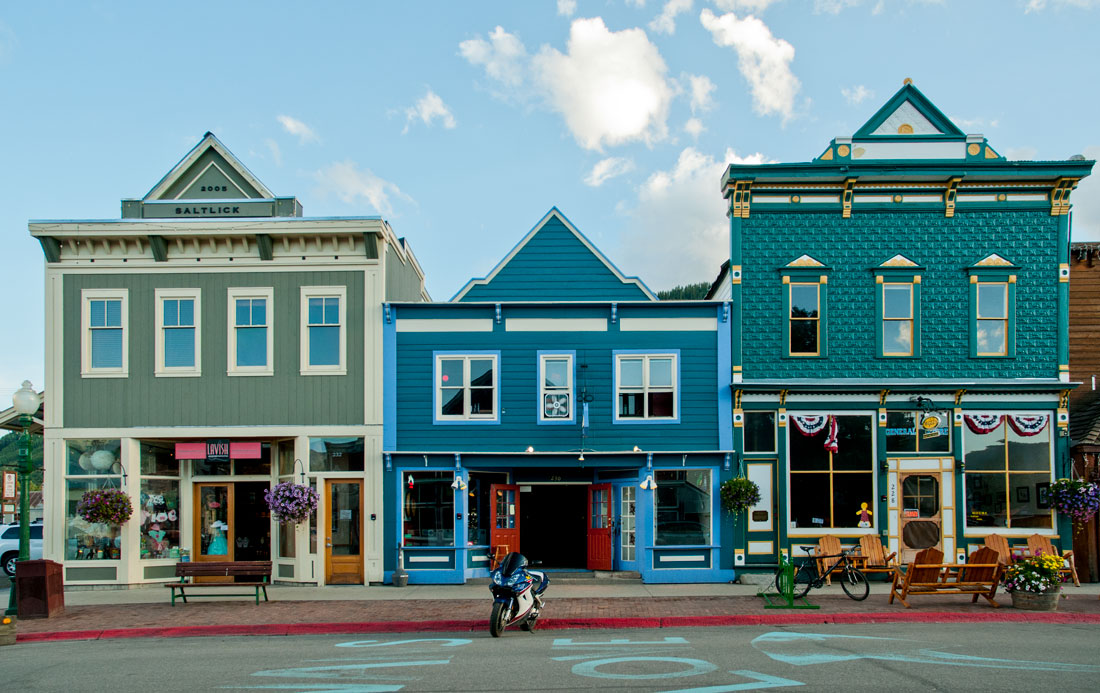
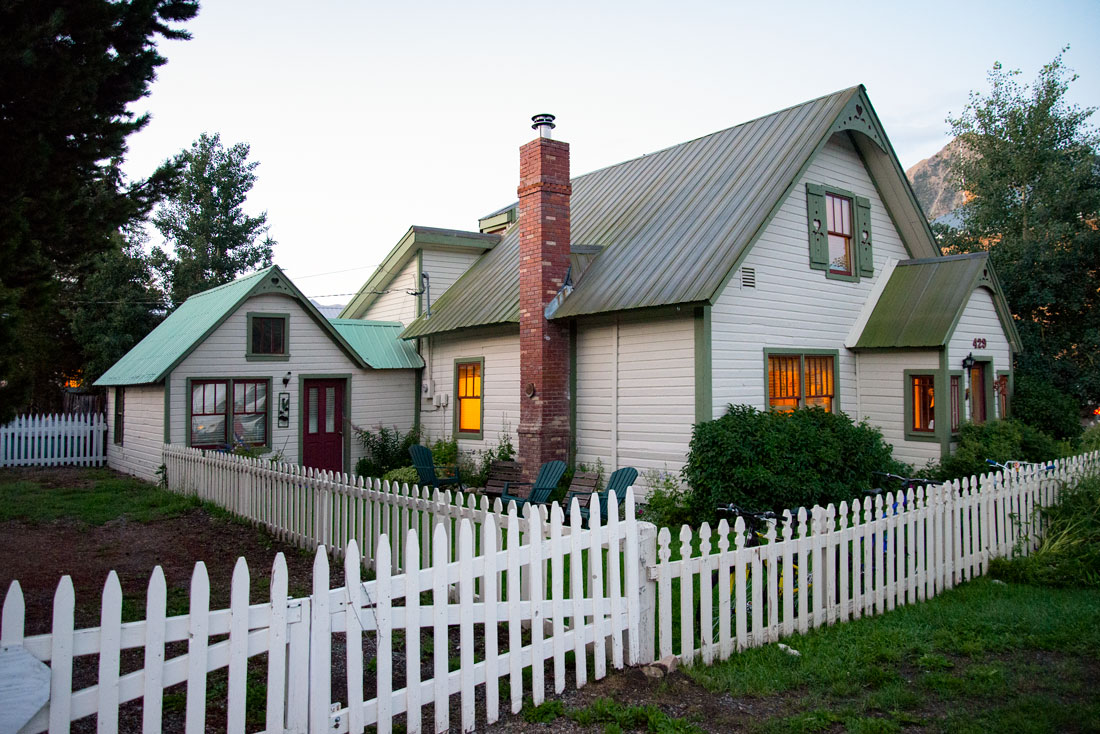
A new town, Mt. Crested Butte, has developed to the northeast with luxury condos, vacation homes, rental agencies, and large hotels.
The old town boasts an 1883 city hall, 1883 blacksmith building, the 1883 stone school house below where my ancestors went to school, a historic hotel and other buildings that once housed the fraternal lodges of European coal miners.

Other old mining towns have followed similar trajectories. They have been far more successful in mining their fantastic powder snow for skiers and snowboarders, mountain scenery, cool weather in an era of global warming, and colorful mining histories than the mines ever were. The natural scenery had always attracted tourists – my ancestors had sideline businesses acting as hunting guides, selling worms to visiting fishermen, cooking for and boarding tourists and selling hunting licenses. When the mining dried up, many local people expanded their sidelines into full-time businesses. They were joined by young adventurers who fell in love with the hiking and skiing and stayed to join the tourism infrastructure.
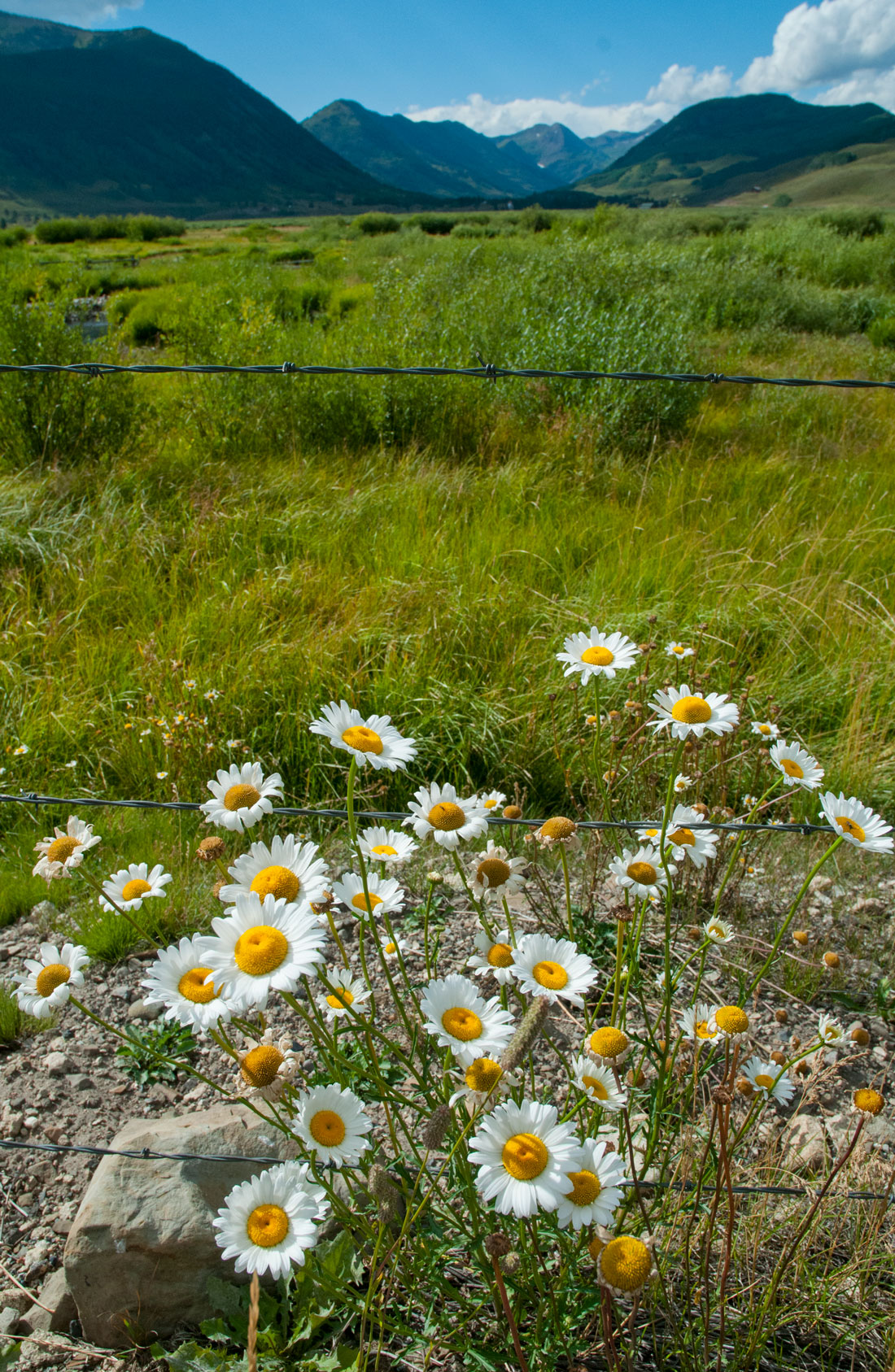
Meadows with wildflowers are one of the tourist attractions of Crested Butte, which has been called the Wildflower Capital.
These towns have become playgrounds of the wealthy. My grandmother’s house on the main street in Crested Butte, a two-story house that she bought for a song and renovated, sold for well over a million dollars not long ago. Park City’s real estate is among the priciest in the country as is Aspen’s and Telluride’s. The towns are still famous for their wealth. They just get it from different natural resources now.
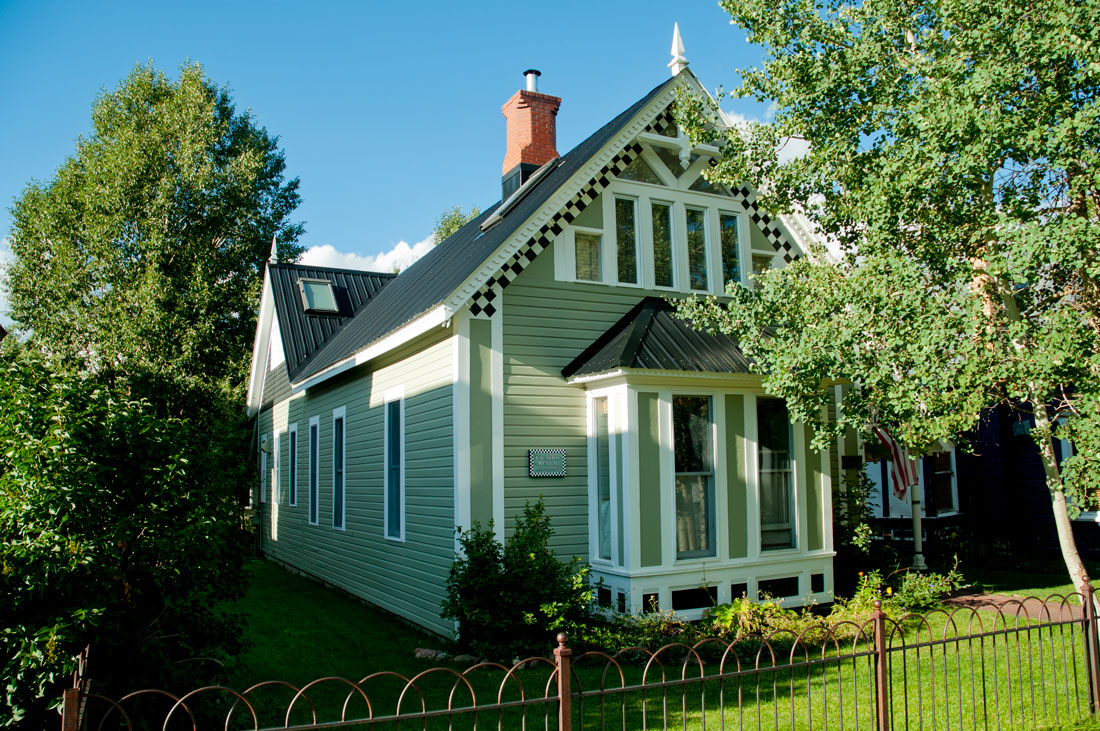
My grandmother's former house in Crested Butte now is valued at more than a million dollars in the pricey local market.
Built in the same era and sometimes by the same companies, these old mining towns all have a similar flavor. Wood frame houses and log cabins snuggle into valleys surrounded by spectacular mountains or march up mountain slopes. Victorian-era houses line main streets.
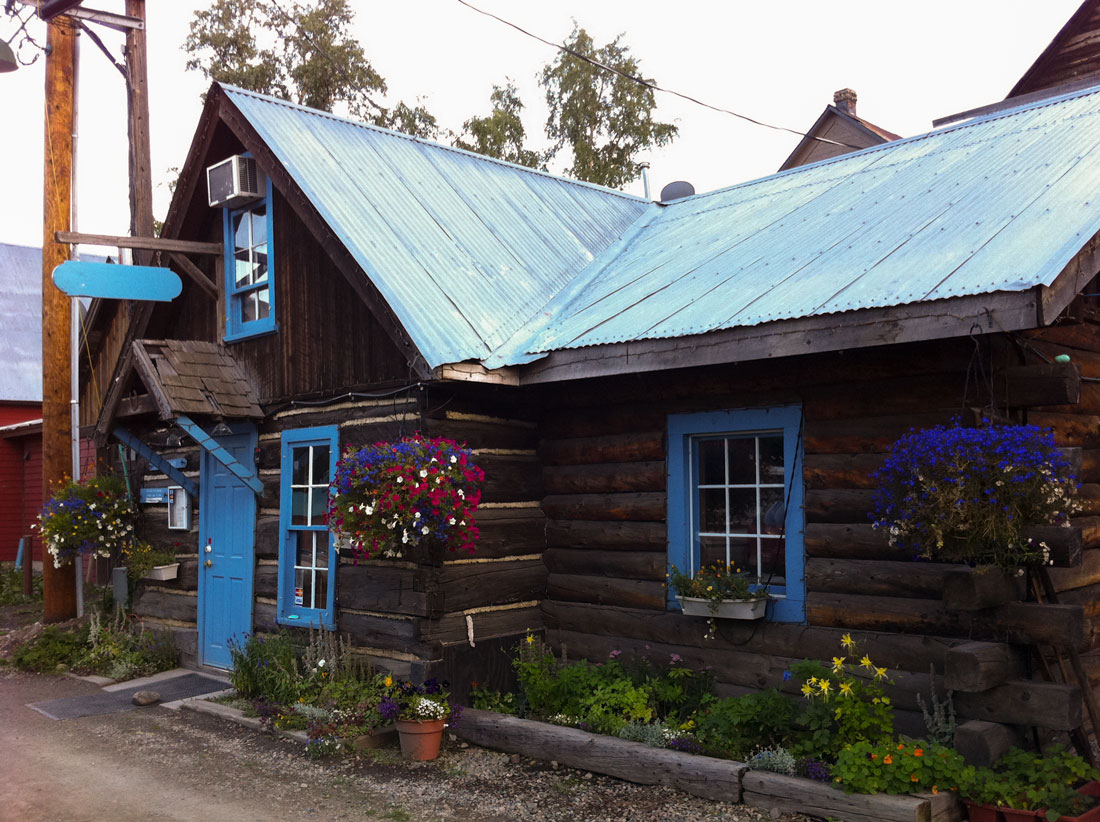
Western art galleries, shops selling Native American jewelry at high prices, and clothing stores market outdoor gear and cowboy hats and boots to weekend cowboys who fly in for vacations. Crowds of tourists eat at up-scale restaurants run by some of the best chefs in the United States. Fanning out from the historic districts are new subdivisions, often built in styles reminiscent of old mining cottages or Western log cabins.
Most towns have a mining museum, and some offer underground tours of mines and rides on cliff-hugging narrow gauge railroads that once hauled ore to markets. Many offer rafting, horseback riding, ranch barbecues and other outdoor adventures.
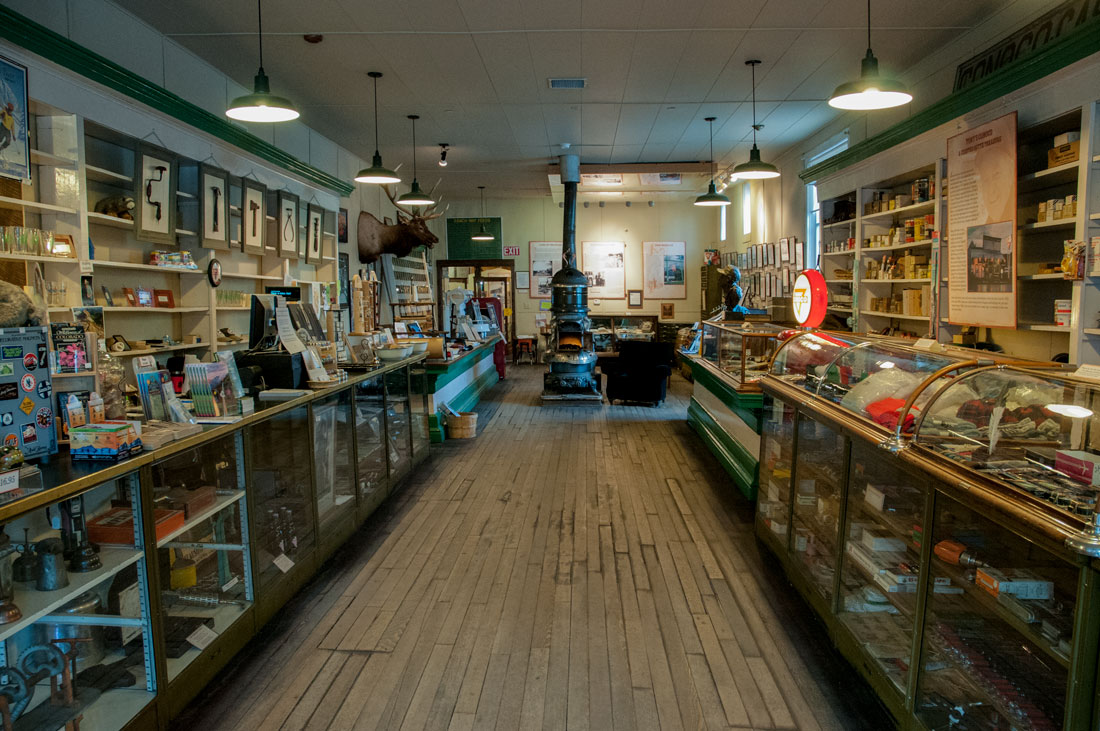
The local museum in Crested Butte is in a historic building that once was a country store.
In the late 19th century, mining interacted with ranching to create the enduring image of the Western cowboy. My ancestors prospered in the mining towns, but not by prospecting. Instead, they logged lumber for the railroads being built to the towns, freighted supplies to the mining camps via mule trains, and sold wagonloads of produce, milk, cheese, butter and beef produced on their ranches to miners. Once the railroad and large mines had been built, most of them turned to ranching in the high country of Colorado or farming in the Grand Junction, Colorado, area.
The railroads that transported the ore from the mines to markets created similar opportunities for ranchers who homesteaded the valleys near the mining districts and shipped beef and other products on trains. Today, ranches near these towns interact with the tourist industry, selling organic milk and gourmet cheeses or holding ranch-style barbecues and offering horseback and camping adventures for tourists in addition to selling beef to local restaurants and shipping it to urban markets.
Mining was a disaster for mountain environments. Rock dust from drilling was dumped into river beds, forming silt deposits downstream that flooded towns and farmland and placed miners and farmers in conflict. Mining released poisonous gases into the atmosphere, endangering miners. One of my ancestors, a mine foreman whose job it was to check the quality of air in the mine in Crested Butte early in the mornings before miners were allowed into the mine, once had to be carried out of the mine after he was overcome by the toxic fumes. Residents of mining towns lived in fear of the mines’ whistles blowing at odd times of the day, a signal that meant there was an emergency at a mine.
Strip mining caused erosion and desertification. There was little attempt to regulate the hazards and environmental problems until the 20th century.
Pollution from mines keeps on giving. In 2015, millions of gallons of wastewater spilled from a century-old mine into the Animas River in Colorado, turning the water orange.
The U.S. Environmental Protection Agency was trying to drain an old mineshaft of contaminated water at the Gold King Mine when an unexpected collapse caused the river’s contamination. The contaminates were the result of the rock being opened and exposed to water and oxygen. The chemical reaction created acidic water that dissolved heavy metals toxic to fish and insects.
Tens of thousands of old mines in the West have the potential to do the same. In Colorado, 230 mines have been secreting water into major waterways for years. Forty percent of river headwaters in the West are polluted by acid mine runoff.
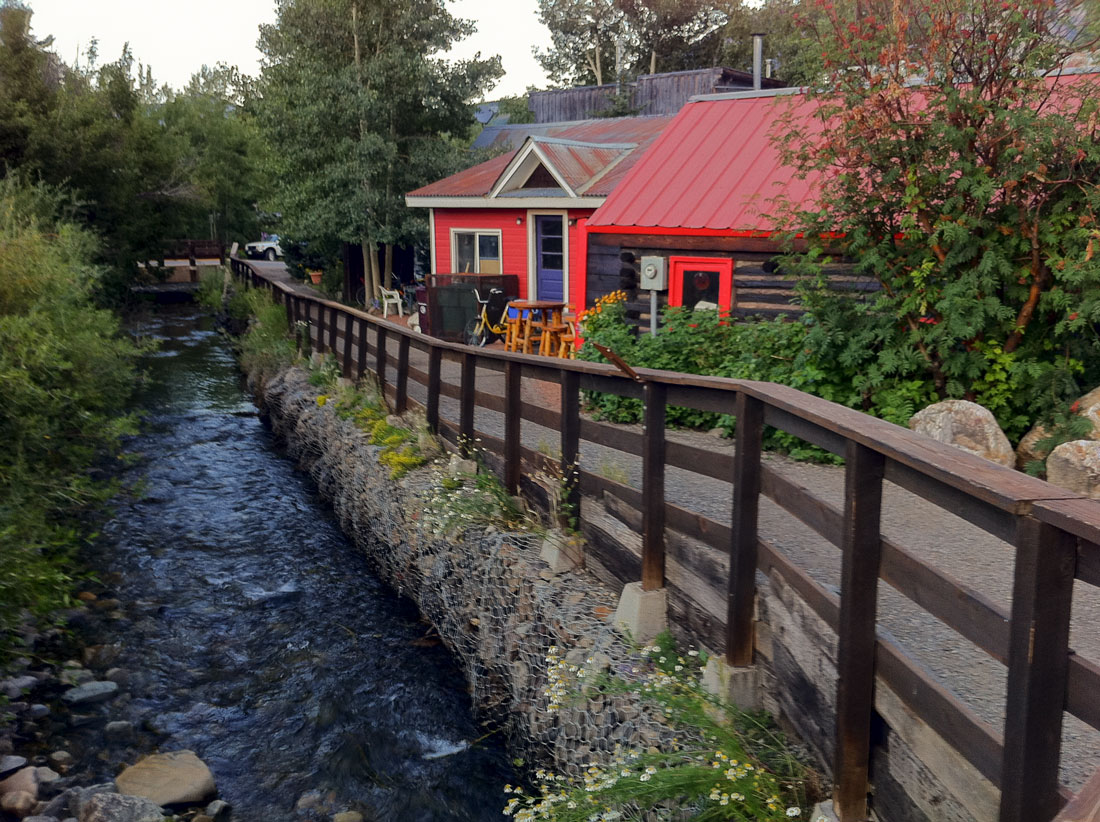
A mountain stream in Crested Butte.
More than 300,000 men flocked to California to mine gold. By World War I, more than 750,000 men were coal miners in the United States. If your ancestors lived in a company town, their occupational records may still be available. Besides the census, you can check town records for information about them. Some old mining towns’ museums or historical societies keep company and town records as well as newspapers that can help you understand who once lived and worked there.
Check out these related items

California’s Danish Village
Solvang, California's Danish village, is the perfect place to take an afternoon stroll and enjoy pastries and art galleries.

Cornish Pasties
Cornish pasties, a specialty of Grass Valley, CA, were introduced by Cornish gold miners.
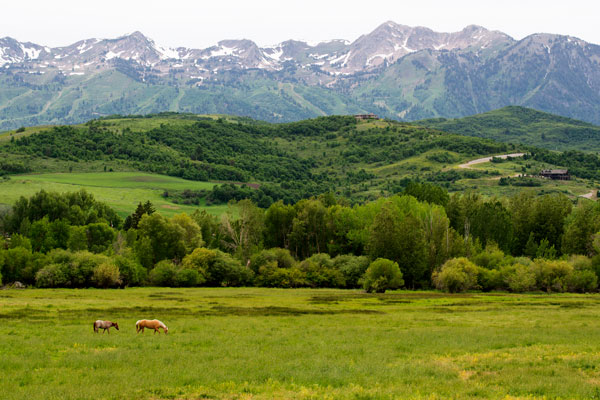
Home is Where the Vacation is
Vacationing at home looks to be the main travel trend for the near future. Here are some ways to enjoy it.
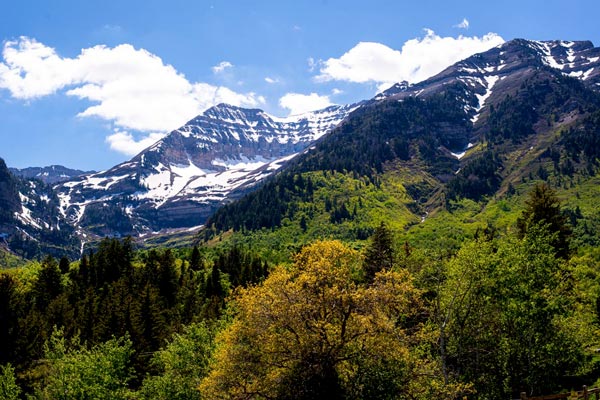
Springtime in the Rockies
It's springtime in Utah's Rockies. Photographer Forrest Anderson captured the stunning scenery.

The River That Keeps on Giving
The mammoth Colorado River is the lifeblood of the southwest United States, supplying water and power for cities and agriculture.
